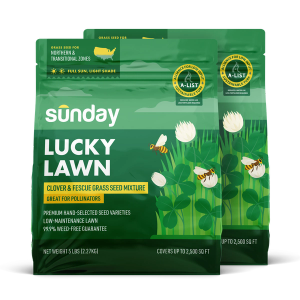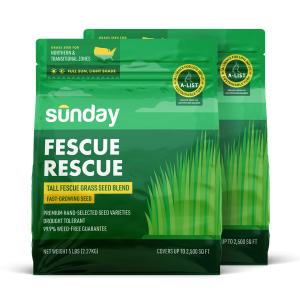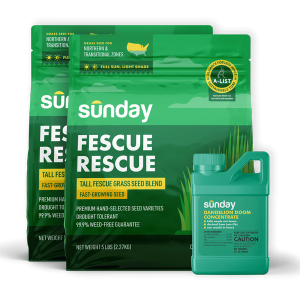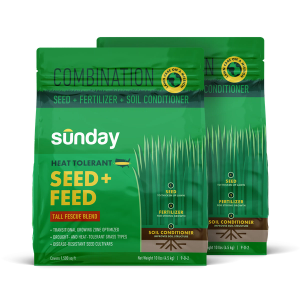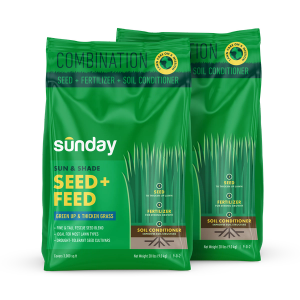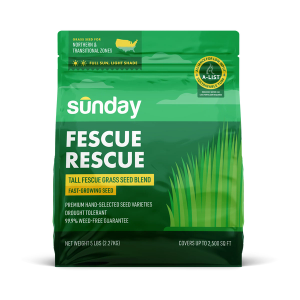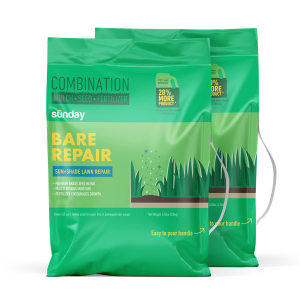What happened to "old" pesticides?
In the 80s and 90s, registering a new pesticide became more expensive, time consuming, and difficult as regulatory agencies buckled down on product development. Today, as the environmental and health dangers of traditional pesticides come into the spotlight, we're excited to take a look at some of the alternatives.
What are alternative pesticides?
First, let’s discuss pesticides in general. Pesticides are natural or synthetic chemicals used to suppress or kill unwanted pests, including weeds, insects, diseases, vertebrates, nematodes, and rodents. Alternative pesticides are generally less persistent in the environment and less toxic, meaning they’re less risky than some of the older conventional pesticide formulations. There are three types of EPA-designated alternative pesticides:
- Conventional reduced risk pesticides. These are conventional pesticides that utilize lower rates and have lower toxicity to non-target organisms, low potential for groundwater contamination, low resistance potential, and less impact on human health.
- Biopesticides. These are naturally occurring substances or microbes that control pests.
- Minimum risk pesticides. These are natural products like essential oils that work quickly but don’t persist long once applied.
What are the advantages and disadvantages of alternative pesticides?
There are many advantages to using alternative pesticides (when used as directed), including:
- Low persistence in the environment
- Low use rates
- Low toxicity
- Fewer non-target effects
However, it’s important to keep in mind that alternative pesticides are still, well, pesticides. While some are very pest-species-specific, many of these products are non-selective, meaning they will kill just about any plant or insect (depending on the product) they encounter. Plus, these products still need to be used according to labeled instructions to ensure safety to you, your family, your home or yard, and the environment.
Sunday’s stance on alternative pesticides
Sunday embraces the Integrated Pest Management approach to pest control, where prevention is key and chemicals are used only as a last resort. But we understand that some pests are particularly tenacious. For those tough-to-control pests, we focus on making pesticides that are environmentally responsible and safer to use—products that are non-persistent in the environment and that people can feel better about using. We also want to be sure the products we sell are effective, so you don’t have to keep applying harsh chemicals day after day.
Our Mosquito Deleto, Nix Ticks, and Dandelion Doom are all classified as alternative pesticides. While Sunday’s Bug Doom is not classified as an alternative pesticide, it’s powered by pyrethrin, a natural substance derived from Chrysanthemum flowers. Plus it’s biodegradable too! With Sunday, you can have peace of mind knowing you, your family, and your pets can enjoy your yard while using products that are safer for the environment, your yard, and your home.
Cited sources
University of Nebraska - Lincoln. Section 25(b) Chemicals.
US Environmental Protection Agency. Biopesticides.
US Environmental Protection Agency. Conventional Reduced Risk Pesticide Program.







